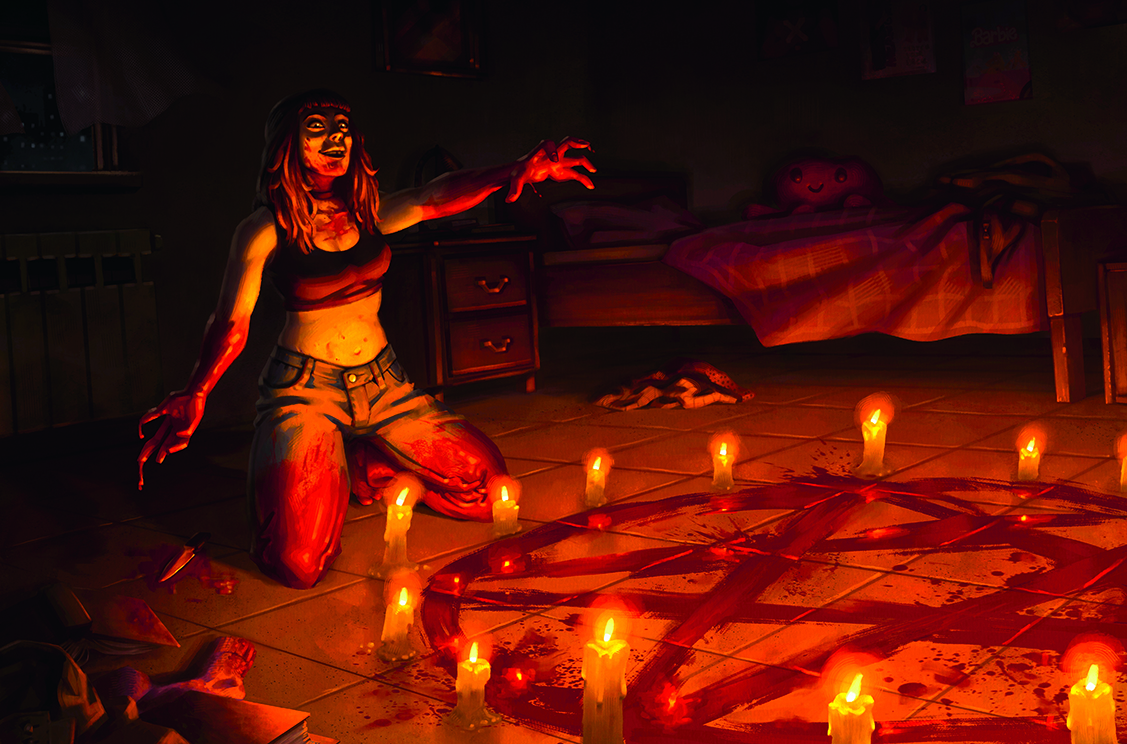Creatives are manufacturers
The UK might be a world-leader in the creative sphere, but it has a crippling image problem, says Dan Higgott
The end of 2011 and the start of 2012 have seen much soul-searching and questioning of the future economic direction for the UK, Europe and much of the rest of the world. Britain’s eroded manufacturing base and decision to move towards a service-based economy over the last 20 years has rightly come under close scrutiny. Comparisons with Germany’s balance of trade and high-quality manufacturing output inevitably leave UK citizens feeling somewhat adrift, questioning why we thought that finance and call-centres were the answer.
Manufacturing unavoidably conjures up images of heavy machinery and the UK’s industrial revolution heritage – ship-building, railways, steelworks, and of course the automotive industry, the decline of which played out as a depressing soap opera in news reports from the 70s onwards. However, this view is an inherently historical one, born from the heritage of the industrial revolution. And while it remains of great importance, manufacturing has moved on.
I want us to see the creative sphere – designers, illustrators, architects, advertisers and so on – in manufacturing terms. These creative industries are a group of businesses with a highly skilled workforce that creates things that are sold, in many cases for export, and offers similar high-value products and services to those on which Germany has built its economy, albeit in a different sector.
Now, these things we create might not be made from steel or formed in factories necessarily, but they sell. And each time we export our creative products, services or ideas, we are helping the UK’s balance of trade, making that current deficit smaller.
But this first-rate UK-based industry has an image problem: lots of people don’t really understand what we do or how we do it. They don’t understand how we can start with nothing and create something valuable to be sold. It’s easy to grasp how steel can be forged into a car or a saucepan; less easy to see how an abstract idea becomes a packaging design, website or animation.
So we aren’t talked about much, aside from a few solid exceptions – Sir James Dyson and Lord Foster being two, but they work at the most tangible end of design – despite being truly world class, with a reputation to match. I think this problem of perception is hampering the ability for creative industries in the UK to be sold to the world as a sector (I’m not doubting the abilities of individual businesses to effectively sell themselves). We have to be careful: creative companies in the UK might be world-leaders today, but without continuing investment in education and R&D, the sector risks becoming another also-ran in 20 years.
The UK needs to fiercely protect and build its reputation for creative innovation and delivery. Today, the barriers to entry are lower than ever, so that anyone, anywhere, can start a creative business. We live in a wired world, where remote working and cheap technology let anyone with creative talent compete. Complacency is something the UK can’t afford.
This is why we need to think of the different creative disciplines as manufacturers. If the government can sell the creative industries with the same clarity and focus, we can all benefit: heavy industry can further integrate design in its processes, and designers can benefit from the abilities within engineering and innovation. The UK can position itself with clarity as a world-class manufacturer of both ideas and products.
Just because designers work with ideas rather than steel, it doesn’t mean the two disciplines are so very different. Design as an industry needs to be at the heart of the balance of trade debate, and if that means describing our industry as ‘creative manufacturing’, then we should get on with it.
Daily design news, reviews, how-tos and more, as picked by the editors.

The Creative Bloq team is made up of a group of art and design enthusiasts, and has changed and evolved since Creative Bloq began back in 2012. The current website team consists of eight full-time members of staff: Editor Georgia Coggan, Deputy Editor Rosie Hilder, Ecommerce Editor Beren Neale, Senior News Editor Daniel Piper, Editor, Digital Art and 3D Ian Dean, Tech Reviews Editor Erlingur Einarsson, Ecommerce Writer Beth Nicholls and Staff Writer Natalie Fear, as well as a roster of freelancers from around the world. The ImagineFX magazine team also pitch in, ensuring that content from leading digital art publication ImagineFX is represented on Creative Bloq.
